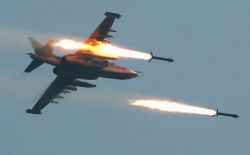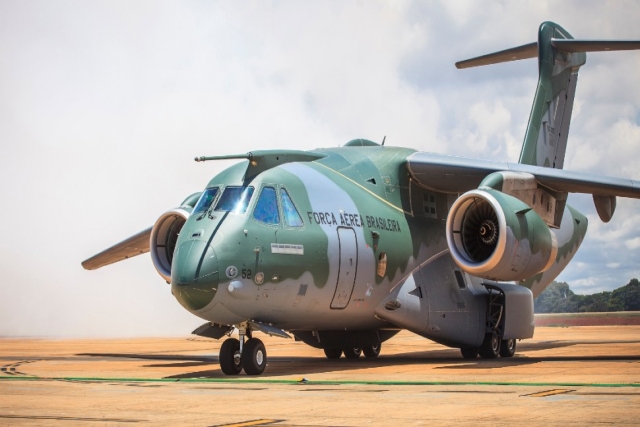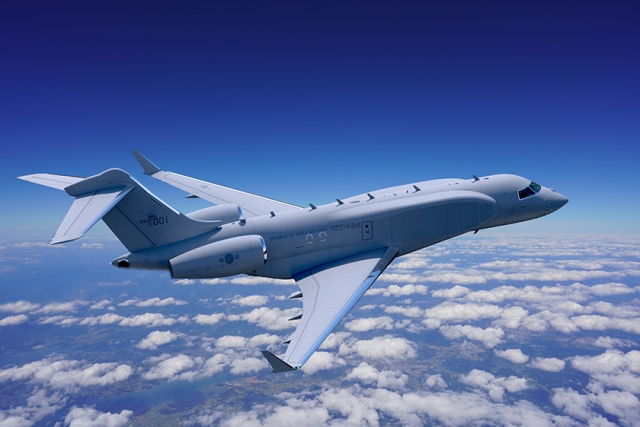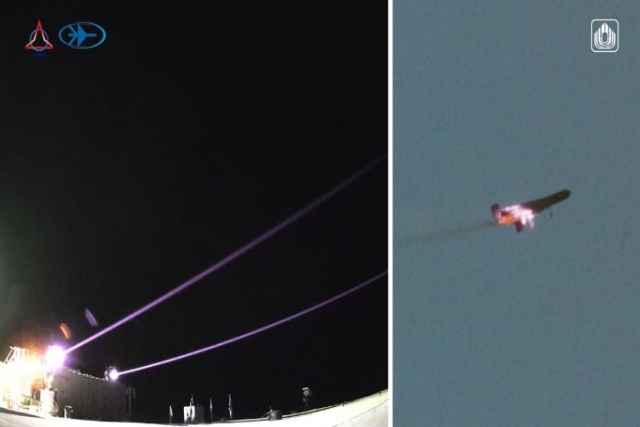Russian Sets-Up Unofficial No-Fly Zone Over Syria: Reports

By deploying Navy cruiser Moskva armed with S-300 ship-to-air missiles opposite the Syrian coastal town of Latakia, Moscow has effectively enforced a no-fly zone over most of Syria.
Israeli website Debkafile quoting intelligence sources said that all US and European aircraft currently deployed over Syria besides Israeli warplanes would be exposed to the S-300 anti-aircraft system. They many have to coordinate with Russia for combat missions inside Syria.
Russia’s deputy chief of staff, Gen. Nikolay Bogdanovsky, accompanied by a military delegation is expected to arrive in Israel for a two-day visit on Tuesday, Oct. 6, to discuss increased coordination between the two militaries. The issue of the S-300 deployment, which would hinder Israeli warplanes deployed against Lebanese Shia group, Hezbollah would also come up in the talks.
“The presence of the S-300s means that the Turkish, British, Israeli and Jordanian air forces will need to coordinate their aerial operations in Syrian or Lebanese airspace with Russia, or face the risk of their planes being shot down”, Debkafile’s military sources were quoted as saying.
The only aircraft capable of evading those advanced missiles are stealth planes such as the F-35 and the F-22, neither of which have been deployed in the anti-Islamic State operations.
The S-300 has a range of 150 kilometers and can shoot down any type of missile, including cruise missiles, as well as planes.
Debkafile has claimed that Russian President Vladimir Putin promised Israeli Prime Minister Binyamin Netanyahu during their summit in Moscow on September 21 not to allow S-300 missiles reach the Syrian military.
However, their deployment on board a warship facing Syria and northern Israel seems to have not been considered by the usually well-informed Israeli intelligence. The S-300 deployment provides a security cover to Russian Sukhois conducting raids against Islamic state targets over a wide area of Syria and Lebanon.












